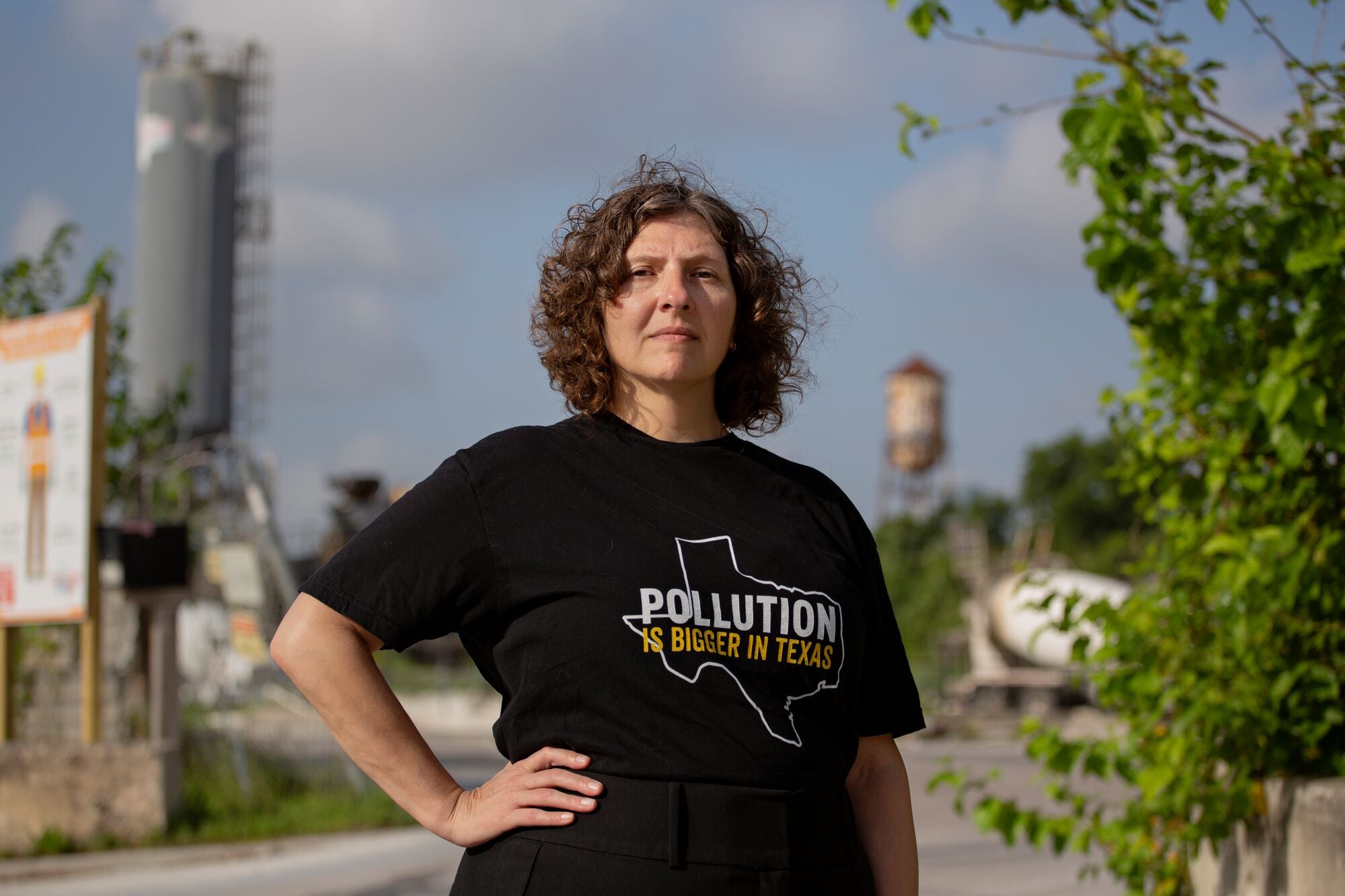Earthjustice Program Report
Climate & Energy
Earthjustice is countering the most dangerous threats, finding new ways to win, and doubling down on our values. And even as new obstacles appear, so do new allies, opportunities, and pathways to progress.

Earthjustice is fighting back to defend climate progress and the clean energy economy from dangerous attempts to drag us backward. At the same time, we are using all our skills and experience to win new victories that matter for our partners and our planet.
We’re ramping up our efforts to clean up the power sector, electrify everything, and challenge dangerous fossil fuel infrastructure. With key climate deadlines approaching, we know this is no time to sit back.
Under the first Trump administration, we sued the federal government on behalf of our clients over 200 times. We’ve made a lot of progress since then, so there’s a lot to defend — and we’re already back in court. But our climate and clean energy work extends far beyond Washington, D.C. Over the past year, we have:
- Cut truck emissions at the epicenter of ecommerce;
- Secured new utility investments in solar energy and battery storage;
- Helped communities stand up to pipelines and petrochemical facilities; and much more.
With the help of our partners and supporters, we’ve spent this year fighting back and forging ahead.
Our First Wave of Trump Administration Lawsuits
When the administration unlawfully attacks climate-smart programs or props up polluting industries, we are there alongside our clients to fight back in court.
Victory
Climate Censorship at the USDA
What Happened The Trump administration unlawfully removed climate-related information from the website site of the U.S. Department of Agriculture (USDA).
The Stakes Farmers were stripped of vital resources to help them adapt to extreme and changing weather.
Outcome Days before a motion was set to be heard in federal court, the USDA reversed course and committed to restoring the purged content.
Filed
Offshore Drilling
What Happened President Trump issued an illegal executive order to revoke former President Biden’s withdrawal of vulnerable areas of the ocean from future oil and gas leasing.
The Stakes Opening up millions of acres to future offshore drilling poses significant threats to coastal communities and marine ecosystems.
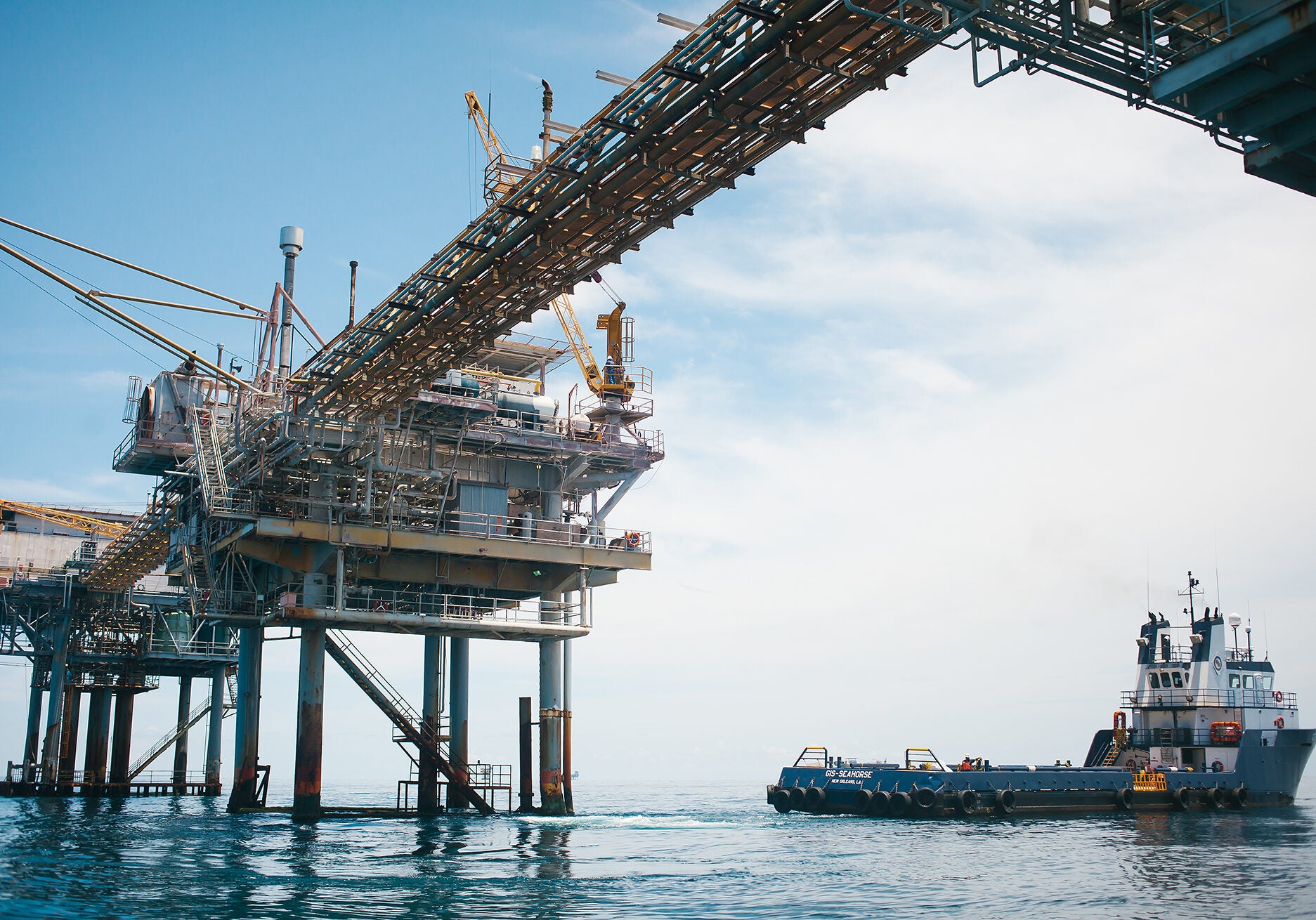
Filed
NYC Congestion Pricing
What Happened The Department of Transportation is attempting to end New York City’s popular congestion pricing program.
The Stakes Congestion pricing reduces traffic, cuts greenhouse gas emissions and air pollution, and raises millions for public transit.

Filed
Federal Grant Programs
What Happened The administration unlawfully withheld and froze USDA and EPA grant funds for clean energy, conservation, environmental justice, and other projects. In response, Earthjustice has filed multiple lawsuits focused on federal funding, including our first-ever class action lawsuit.
The Stakes These freezes and terminations have harmed community groups, farmers, and tribes that were previously approved to receive funds to reimburse expenditures on projects like installing solar panels and electric vehicle chargers, planting trees, purchasing land, and more.

Filed
Permission Slips to Pollute
What Happened The Trump administration EPA invited corporations to email the agency to request exemptions from clean air standards.
The Stakes Dozens of coal-fired power plants have already been unlawfully exempted from pollution limits on mercury, arsenic, and other heavy metals known to damage children’s brain development, trigger asthma attacks, and cause cancer.
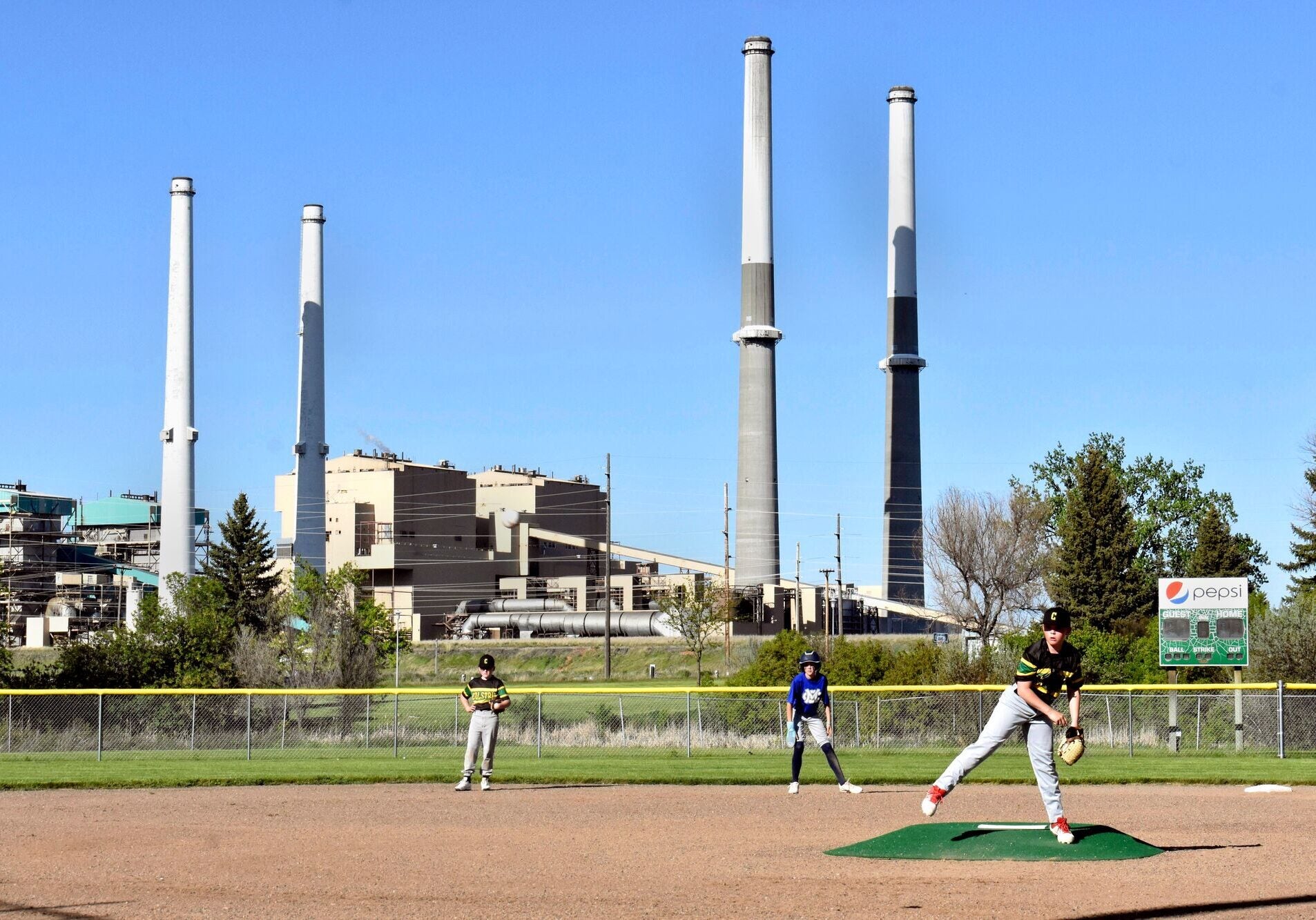
A Ph.D. student in agronomy at Purdue University, takes a soil sample from a corn field in Butlerville, Ind. (Joshua A. Bickel / AP)
Offshore oil and gas platforms are a common site in the Gulf of Mexico, including this one off the Louisiana coast. (Brad Zweerink / Earthjustice) A subway train on the 7 line in Queens. (Marco Bottigelli / Getty Images)
Brien Darby, Executive Director of Cultivate KC. (Brad Zweerink / Earthjustice). The coal-fired Colstrip Generating Station towers over youths playing baseball in Colstrip, Mont. (Matthew Brown / AP)
Transforming the Power Sector
Fossil fuel interests are trying to lock in oil, gas, and coal infrastructure for the long term. And the combination of rising electricity demands and industry allies in government offers them dangerous opportunities.
But by bringing our clients’ voices to energy decisions across the country, we’re clearing the path for clean energy and cutting back unfair advantages for fossil fuels in the system.

Investing in clean energy across the country
The Trump administration’s “energy dominance” agenda is doubling down on a fossil-only energy policy. But Earthjustice is bypassing federal gridlock by engaging in state legislatures and public utility commissions (PUCs).
We successfully argued for an electric utility to include long-term renewable energy contracts in their energy procurement planning. The utility will commission Pennsylvania’s largest solar project to date to serve residential customers.
A suite of legislative wins included the Abundant Affordable Clean Energy Act, which fast-tracks 1600 megawatts of battery storage for clean energy.
We secured a groundbreaking settlement that will lead to 100,000 low-income Floridians receiving energy efficiency and weatherization support.

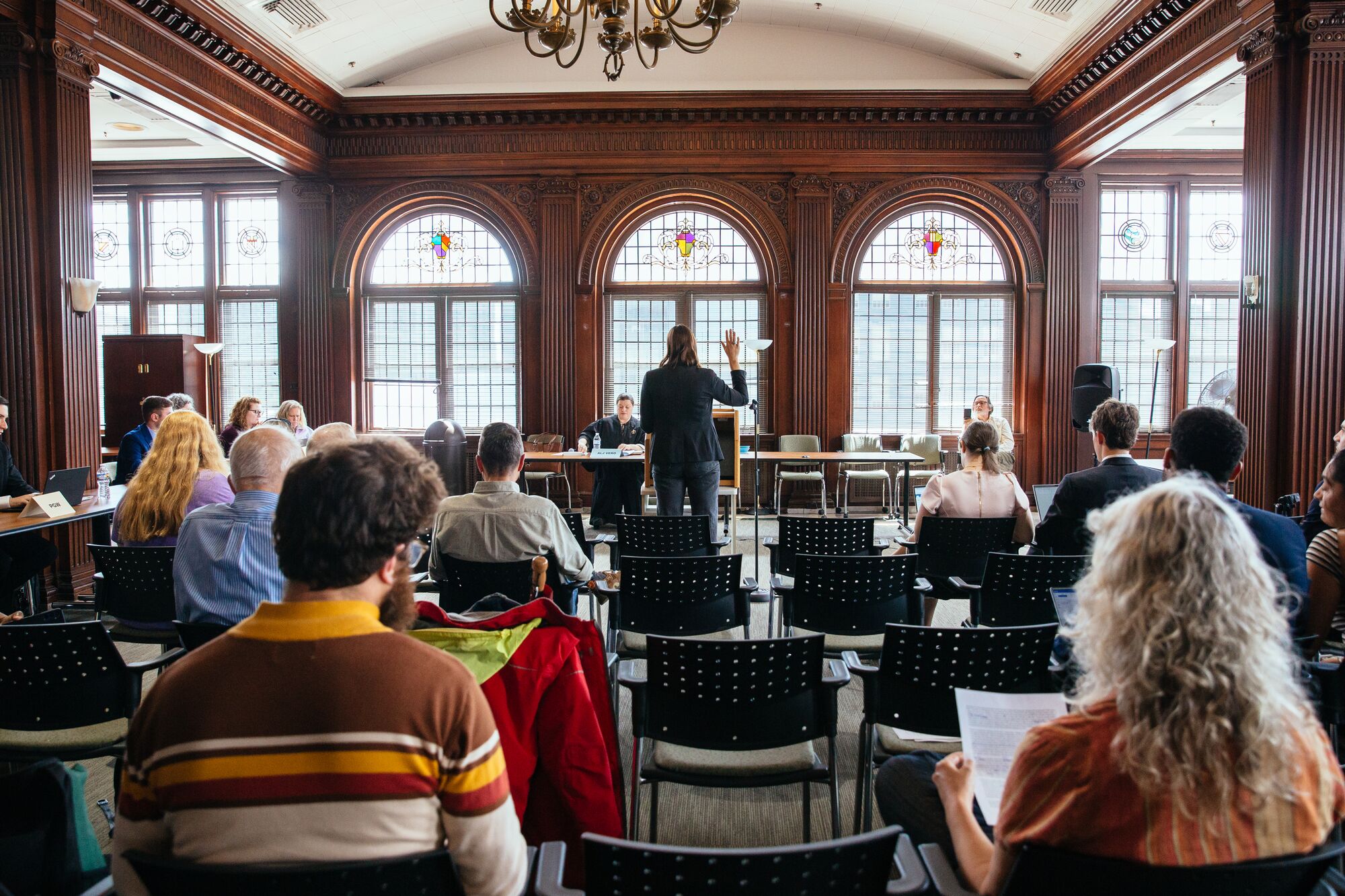
Clockwise from top right: A homeowner works on weatherizing their home. Sealing air leaks, adding insulation, and other weatherization improvements can significantly reduce energy cost and fuel use throughout the year. (Dennis Schroeder / NREL) A battery energy storage system in Oxnard, Calif., charges from solar power during the day. (Arevon) The Pennsylvania PUC listens to testimony from the public during a hearing on proposed rate changes. (Jess Benjamin for Earthjustice)
From top: A homeowner works on weatherizing their home. Sealing air leaks, adding insulation, and other weatherization improvements can significantly reduce energy cost and fuel use throughout the year. (Dennis Schroeder / NREL) A battery energy storage system in Oxnard, Calif., charges from solar power during the day. (Arevon) The Pennsylvania PUC listens to testimony from the public during a hearing on proposed rate changes. (Jess Benjamin for Earthjustice)
Challenging a rush to gas
While we advocate for clean energy, we also support our clients in pushing back on new and expanded gas plants in their communities. One way we do this is by showing proposed or existing plants are incompatible with state law, like New York’s Climate Leadership and Community Protection Act.
We also engage at PUCs, where we demonstrate how fossil-heavy plans from utilities are more expensive and less reliable than investing in renewables, storage, and energy efficiency.
Our advocacy led to a major electric utility withdrawing a proposal that included a new gas plant in 2029 and reliance on coal until 2045.
When a utility in Louisiana requested PUC approval to build a floating gas plant atop barges in the bayou, we demonstrated that there were less expensive, more reliable ways to meet energy needs.
Cleaning up coal
Earthjustice has taken on the harms of the coal industry in several ways this year:
The Pennsylvania Department of Environmental Protection took this photo of the coal ash waste pile at the Scrubgrass Power Plant in Venango County.
Coal is also a threat to health and the climate abroad. In South Africa, our partner Centre for Environmental Rights filed a challenge against the country’s plan to procure 1,500 MW of new coal-fired power, arguing that the harm would be disproportionately felt by young people. Earthjustice provided technical analysis of costs and impacts and other support.
In late 2024, the court ruled that the government’s plan was invalid — in part because it did not assess the potential climate impacts on future generations. We expect this historic victory, the first of its kind in South Africa, will strongly influence the country’s future energy plans.
For more on how we’re taking on coal mining, see below.
As deputy managing attorney in Earthjustice’s Clean Energy Program, Mandy DeRoche has been litigating cases related to cryptocurrency and data centers since 2020.
What is “load growth”?
Load growth is an increase in the consumption of electricity — the “load” on the power grid.
Load forecasts have spiked, largely due to planned data centers for generative AI and cryptocurrency mining, as well as from manufacturing and electrification. One data center for generative AI can use as much electricity as a small city.
Why does it matter for the environment?
Utilities are proposing to meet the projected increase in demand by building new gas plants and keeping old fossil plants in operation.
- More gas and coal plants mean more air, water, and climate pollution — likely for decades.
- Plus, communities can be affected by air and noise pollution from data centers themselves.
Do we know how much demand will actually increase?
The current forecasts are through the roof, but they’re changing all the time.
Sometimes a company applies to build the same data center in multiple jurisdictions to see where they can get the best deal. Only one facility will be built, but that proposed electricity demand is being double- or triple-counted, or more.
Meanwhile, fossil fuel interests are using these questionable numbers as evidence to argue for gas and coal.
What is Earthjustice doing?
What we’re good at! This is a new threat, but it’s still energy law, and the legal tools and venues we’ve been using for decades can be used here, too.
- We’re intervening in PUC proceedings about applications for new gas plants, long-term grid planning, and proposals to increase utility rates to pay for new infrastructure.
- We're making sure that technology can scale up sustainably and responsibly, not by using outdated power that will make us sick and drive up energy rates.
- And on the local level, we’re supporting communities fighting polluting facilities.
Electrifying Our Lives
By electrifying transportation, buildings, and industry, we can reduce demand for fossil fuels coast-to-coast. States and cities are advancing electrification with the help of our Right to Zero campaign. Meanwhile, Earthjustice is also defending our zero-emissions future at the federal level.
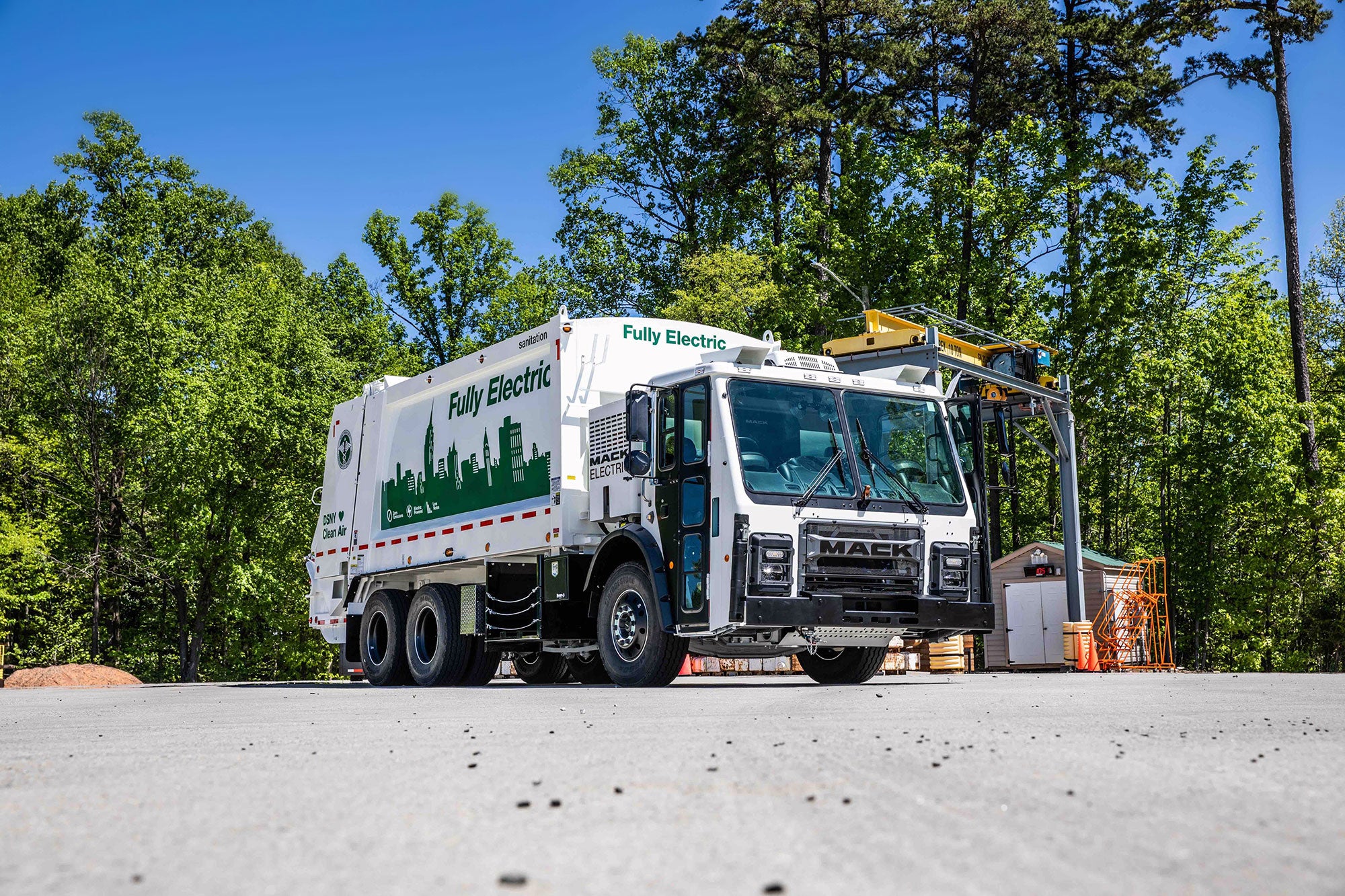
Joining states defending transportation electrification
When the federal government slashes common-sense climate programs, it’s not just Earthjustice and our allies who see the dangers. State governments rely on these programs and funding to plan infrastructure projects, meet their own climate goals, and protect residents’ health.
We’re supporting states in challenging these federal actions — and advocating for governors and state legislatures to show leadership of their own.
Federal agencies have frozen a $5 billion investment intended to build a national network of electric vehicle charging stations.
All 50 states, as well as Washington D.C. and Puerto Rico, had submitted plans to build EV charging infrastructure under the program.
17 states have challenged the freeze; in May 2025, Earthjustice intervened in the lawsuit on behalf of a coalition of environmental, consumer, and community groups.
The Clean Air Act gives California the authority to set stronger air regulations, which California has used to regulate emissions from vehicles. Other states are able to adopt California’s stronger rules, and many have done so.
In the spring of 2025, Congress unlawfully used the Congressional Review Act to overturn the EPA’s approval of several of California’s most recent car and truck emissions standards. But the work continues.
Earthjustice and our partners are encouraging California to continue to adopt standards to advance electric cars and trucks and advocating for other states to use tools that don’t require federal approvals.
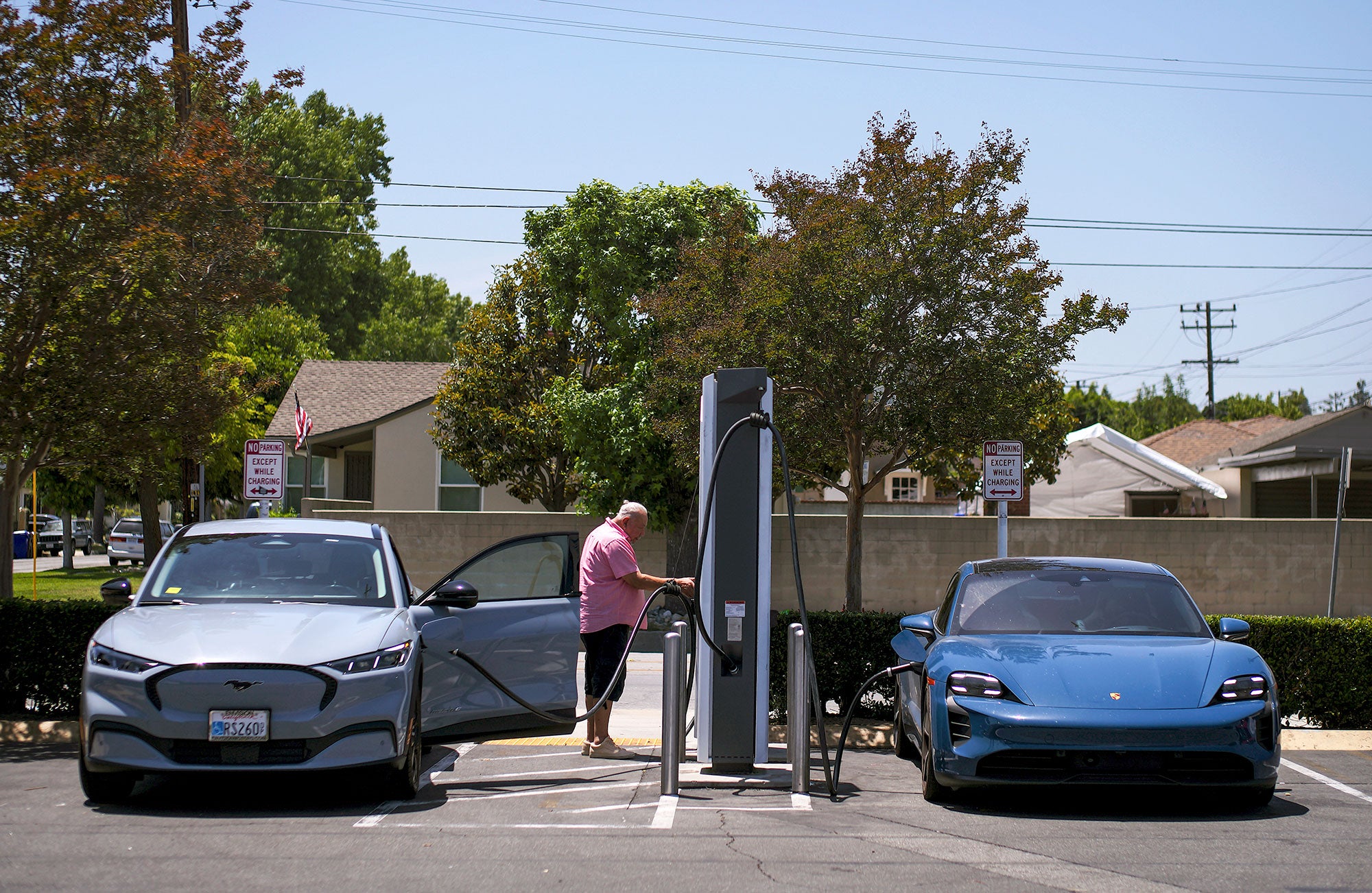
Making progress at ports
Ports are major fixed sources of air pollution, thanks to the diesel fuel that powers the majority of trucks, forklifts, harbor craft, and other equipment operating there. Earthjustice and our partners aim to clean up port pollution and protect people’s health by advocating for the electrification of port equipment and transitioning our goods movement industry away from fossil fuels.
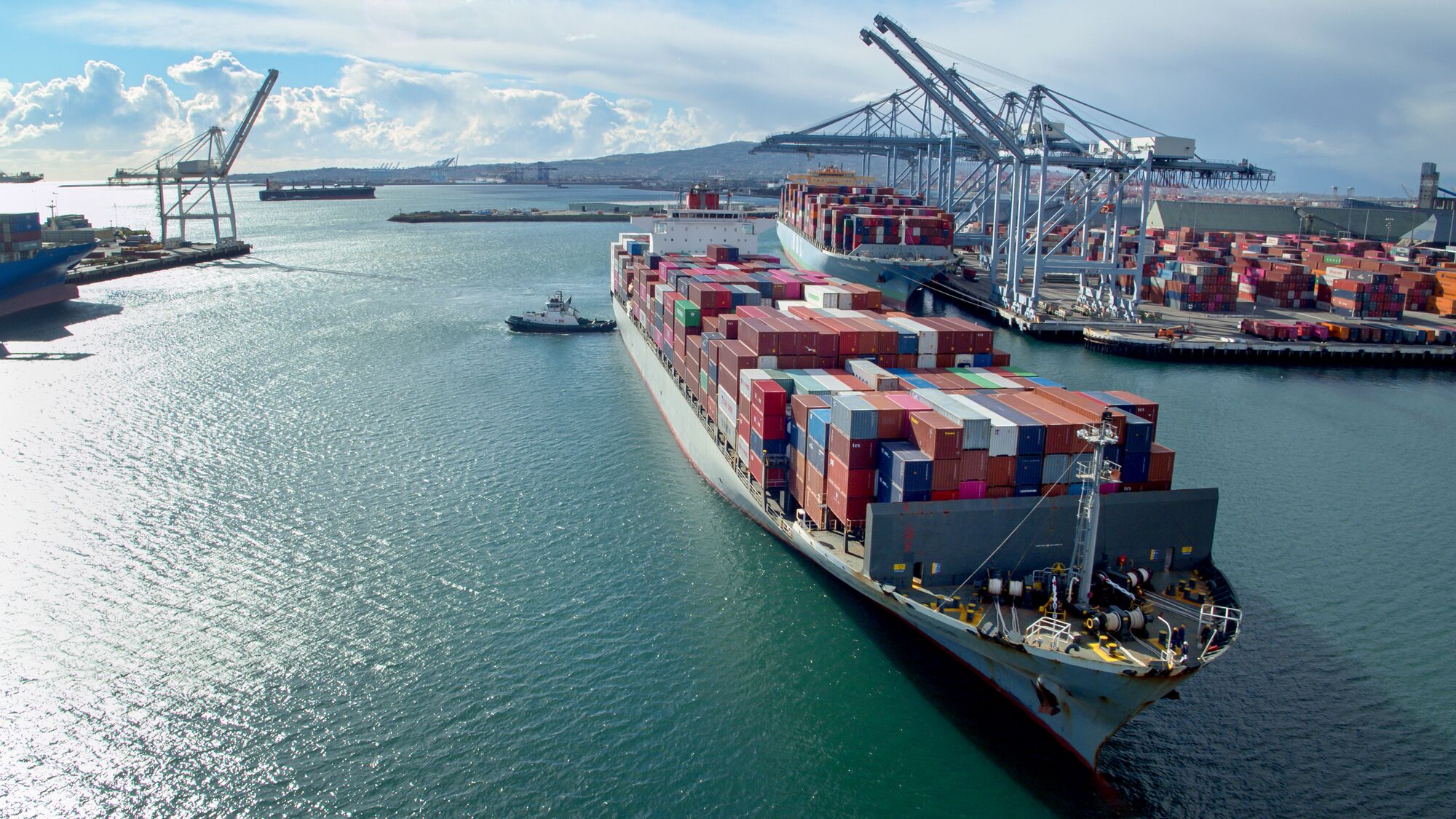
A massive container ship arriving in the Port of Long Beach, California. (Halbergman for Getty Images) An electric heavy-duty truck used to move freight at the port. (Dennis Schroeder / NREL)
Most recently, the Port of Long Beach set a goal to transition its fleet of harbor craft to zero-emissions by 2035. Harbor craft like tugboats emit significant levels of pollution and are one of the top three sources of cancer risk for portside communities in California.
Earthjustice and our partners in T.H.E. Impact Project coalition have engaged with the San Pedro Bay Ports for years to advocate for zero-emissions harbor craft, and we are eager to secure similar commitments from other ports in California and beyond.
Other exciting developments in California’s goods-movement sector include investments in electric freight trucks, and supporting charging infrastructure.
Shifting to fossil-free buildings
Burning gas indoors is a major source of air pollution. For example, 71% of New York City’s greenhouse gas emissions come from buildings burning fossil fuels. To address this, New York City passed a law placing pollution emission limits on new construction and requiring the use of zero-emissions appliances. After going into effect in 2024, the law came under legal attack from industry groups; Earthjustice intervened on behalf of our clients. In 2025, a federal court ruled in our favor, dismissing the legal challenges and allowing NYC’s building electrification to begin.
Beyond litigation, we also advance building electrification through state PUCs:
- We challenge utility programs that reinvest customer funds in unneeded and leaky gas pipes, securing wins this year in California, Oregon, and Washington, D.C., that saved ratepayers millions.
- In Colorado, we have won PUC decisions that require gas utilities to dedicate millions of dollars to replace gas furnaces and water heaters with electric heat pumps. These decisions send a clear message that gas utilities must advance electrification.
Delivering Results
Good ideas travel fast — like the Warehouse Indirect Source Rule (ISR) in Southern California, which was supported by Earthjustice’s Right to Zero campaign and our partners.
An ISR regulates the operations allowed at stationary magnets for pollution, like e-commerce delivery warehouses that are hubs for diesel trucks.
Since going into effect, the Warehouse ISR has already shown how powerful local solutions can be — and other cities and states are taking notice.
Photo: Amazon warehouse in the Otay Mesa area in San Diego County. (Carlos Moreno / Sipa via AP)
Challenging Fossil Fuel Expansion
While we fight to push coal, oil, and gas out of our power mix and reduce demand for fossil fuels through electrification, we also must help communities address the harms of fossil fuel extraction and transportation.

Taking on leasing and extraction
We’re taking on the Trump administration’s illegal offshore drilling plans (see above), and we’re also celebrating important wins elsewhere:
A 2020 win was upheld, rejecting the first Trump administration’s oil and gas leasing on more than a million acres of public lands in key habitat for sage grouse.
A court ruled in favor of our clients and found a 73-million acre offshore oil and gas lease sale in the Gulf of Mexico to be unlawful, due to climate impacts and harm to the critically endangered Rice’s whale.
These wins have benefits for the climate, local communities, and biodiversity, showing the value of Earthjustice’s experience fighting for all three.
In late August, the Bureau of Ocean Energy Management did not approve a proposal from BP for the “Kaskida” project, a high pressure, high temperature oil drilling project. Kaskida is estimated to be six times more likely to experience the same type of incident that caused the Deepwater Horizon disaster. Tens of thousands of comment letters submitted by members of the public — including from more than 37,000 Earthjustice supporters — and a congressional letter urging the bureau to reject the project likely contributed to this decision.
In January 2025, President Trump declared a national energy emergency as part of a flurry of executive orders. The order focused primarily on boosting the production of domestic fossil fuels.
The Interior Department subsequently announced it will implement emergency permitting procedures to fast-track the approval of fossil fuel, mining, and other projects. Using the national energy emergency declaration, the department has already begun to shorten processes that typically take 1–2 years to a few weeks.
Earthjustice will challenge the Trump administration’s shortsighted efforts to prioritize corporate profits over protections for the air we breathe and the water we drink.
Current fights include:
Photo: Heavy equipment moves coal outside Signal Peak Energy's Bull Mountains mine near Roundup, Montana. (Matthew Brown / AP)
Oil and gas pipelines
Building fossil fuel pipelines causes significant damage to the environment and communities and locks us into decades of burning fossil fuels. We are supporting clients in fighting back against dangerous pipeline projects across the country, including in the Pacific Northwest, Northeast, Gulf Coast, and Alaskan Arctic.
Recent updates on our pipelines work include:
We continue to represent several Tribal Nations in their respective fights against Enbridge’s aging Line 5 oil pipeline.
In September 2025, the Michigan Supreme Court agreed to hear our case challenging the approval of Enbridge’s proposal to construct a massive oil tunnel beneath the Straights of Mackinac. Earthjustice and the Native American Rights Fund (NARF) represent four Tribal Nations in Michigan who brought the appeal alongside environmental groups.
In addition, Earthjustice filed an amicus brief before the U.S. Supreme Court on behalf of ten Tribal Nations in October, supporting the Michigan Attorney General's case to shut down the existing Line 5 dual pipelines that run dangerously through open water in the center of the Great Lakes.
The Federal Energy Regulatory Commission has allowed the expansion of a methane import terminal in the San Juan Bay.
Over 2,700 people live within half a mile of the terminal; these communities are entitled by law to engage with the expansion proposal, but were not given the opportunity to do so.
Representing community groups, Earthjustice argued for the D.C. Court of Appeals to overturn FERC’s approval in April 2025.
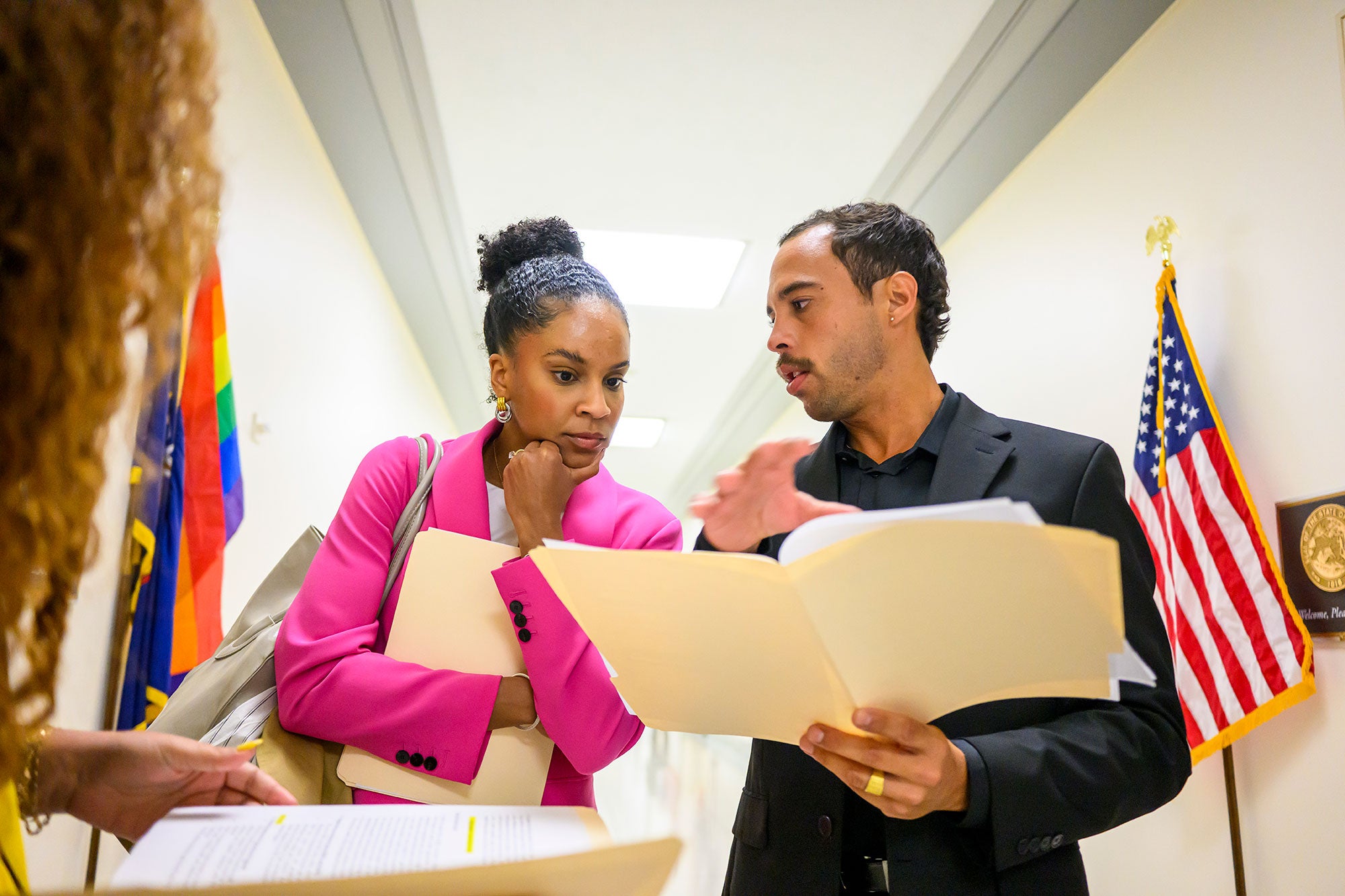
Intervening in the petrochemical buildout
The fossil fuel industry sees petrochemical production as a target for expansion. The chemical plants and industrial facilities needed for this buildout are often located in heavily overburdened zones, like the area known as “Cancer Alley” in Louisiana. We support our partners there in their efforts to prevent new polluting facilities being added to the roughly 200 already in operation.
In the past year, this work has yielded two major successes:
This year, Mitsubishi announced its decision to fully cancel its plans for a massive new chemical plant in Geismar, Louisiana, which would have emitted hundreds of tons of air pollutants and a staggering 780,752 tons of greenhouse gases.
Similarly, chemical company Air Products has announced it is delaying its plans for a gas-fed blue hydrogen facility, ammonia plant, carbon dioxide pipeline, and carbon dioxide sequestration wells in Ascension Parish, Louisiana.
In fighting back against both of these planned facilities, Earthjustice worked in collaboration with a long list of community partners, including RISE St. James Louisiana, Healthy Gulf, and Louisiana Bucket Brigade, as well as regional and national groups.

New Threats and Opportunities
We are operating in an unsettled — and unsettling — political and legal landscape. But Earthjustice is always evolving, too. We’ve been developing new strategies, partnerships, and programs to ensure we always have avenues to fight for our planet.
Coordinating resistance to climate denialism
In July 2025, the EPA formally proposed to revoke the 2009 “endangerment finding,” which is the U.S.’s official recognition that greenhouse gases are fueling climate change and endangering people’s health. The endangerment finding is the basis for federal regulation of greenhouse gas emissions from sources like power plants and motor vehicles.
To fight back, the first step was to submit comments on the EPA's proposal from both experts and the general public. As part of the Climate Action Campaign, Earthjustice helped collect comments from over 225,000 Americans in opposition to the repeal of the endangerment finding. The comments cited concerns like extreme weather, air quality, health impacts, and economic harm. These comments were hand-delivered to the EPA in September 2025. If the EPA goes forward with this repeal, we'll be prepared to respond.
Our coalition partners include the Natural Resources Defense Council, the Environmental Defense Fund, and the Sierra Club.
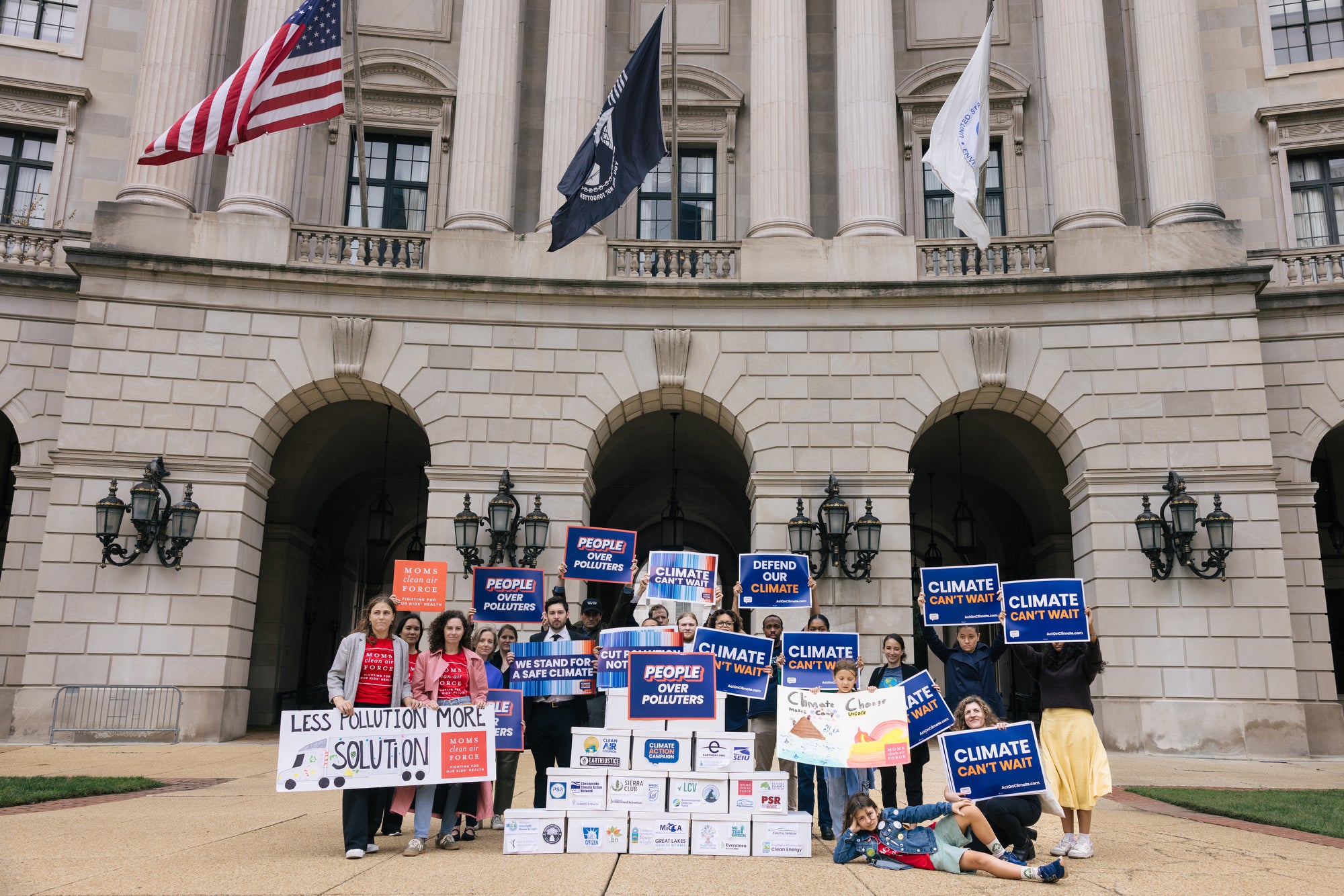
Expanding our strategies and capacity
The courts remain one of the best tools to protect the environment. While our opponents try to undermine environmental protections, we’re expanding our tactics.
- For example, we are expanding our capacity to support civil enforcement lawsuits, or “citizen suits,” to help impacted communities enforce environmental laws when the federal government won’t.
- We’ve also filed our first-ever class action lawsuit, which is focused on the unlawful termination of the EPA’s Environmental and Climate Justice Grant programs. The plaintiffs will be seeking class action certification and preliminary relief so that all 350 grant recipients who have been harmed by the programs’ wholesale termination may continue their initiatives. While a judge dismissed our lawsuit in September, we’ve filed an appeal challenging that decision and continue to fight for communities across the country that will benefit from the EPA grant program.
Supporting the movement through strategic legal advocacy
In 2021, Earthjustice launched a program to proactively respond to a changing legal landscape. Since then, the Strategic Legal Advocacy and Defense (SLAD) team has been monitoring trends in the courts and guiding our internal Supreme Court strategy.
By building our internal Supreme Court and appellate expertise, this team is able to prepare other Earthjustice attorneys with the most effective litigation strategies.
- For example, SLAD helped shape the arguments made in our April 2025 challenge to a methane pipeline in Puerto Rico (see above).
- But in our current moment, expertise needs to be shared with all our allies. SLAD also coordinates with our peer environmental organizations to shape the legal path forward for the movement.

Every Victory Counts
Clean energy has momentum that can’t be turned back overnight.
Over the past year, our work to secure a zero-emissions future has gotten harder. But hard work is what Earthjustice does best. We’re countering the most dangerous threats, finding new ways to win, and doubling down on our values.
And even as new obstacles appear, so do new allies, opportunities, and pathways to progress. There is everything to fight for. Thank you for fighting alongside us.

 Pennsylvania
Pennsylvania Maryland
Maryland Florida
Florida
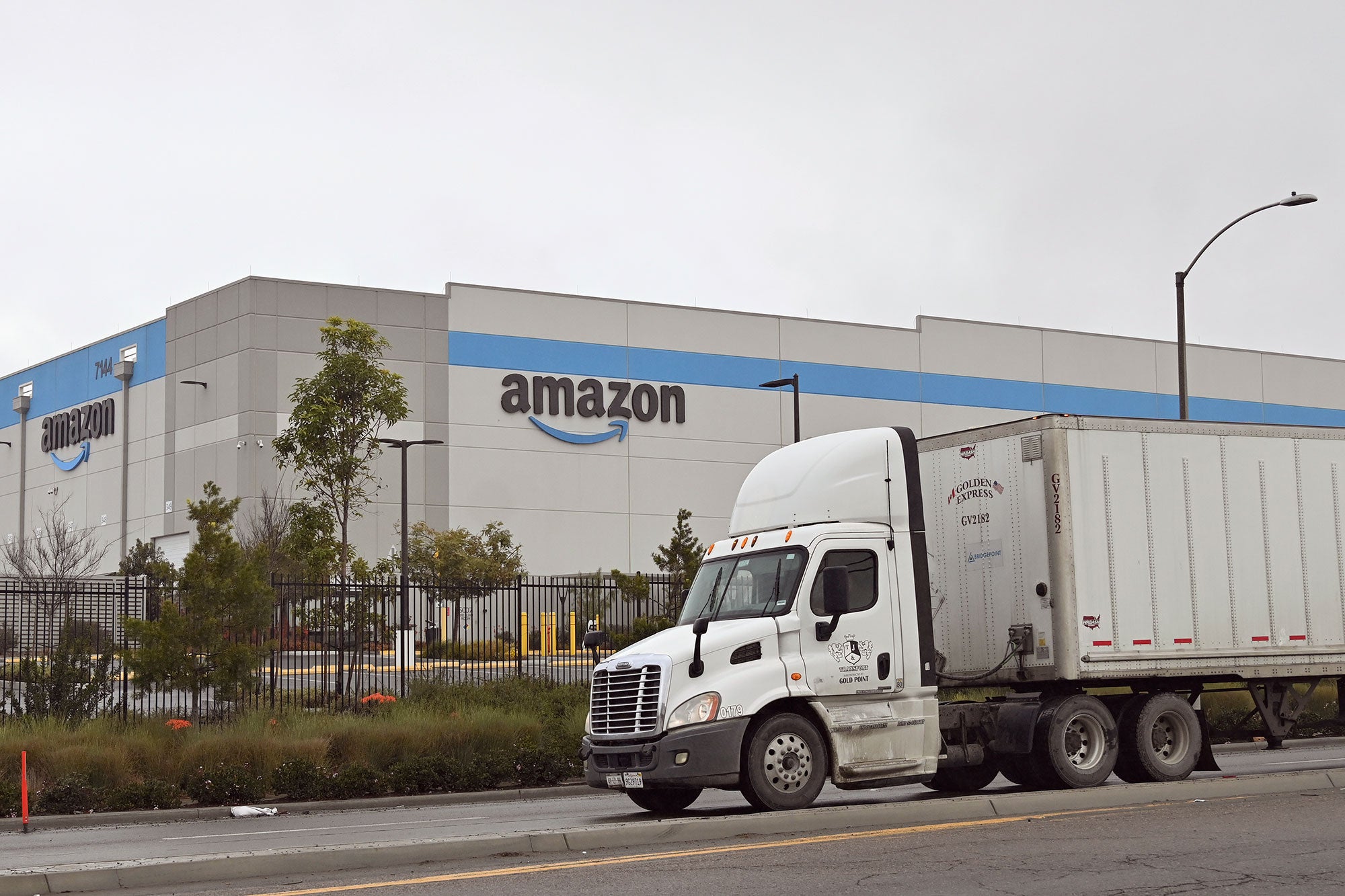

 Among the fast-tracked efforts is the Interior Department’s June 2025 approval of an approximately 50-million-ton expansion of the Bull Mountains Underground Coal Mine in Eastern Montana.
Among the fast-tracked efforts is the Interior Department’s June 2025 approval of an approximately 50-million-ton expansion of the Bull Mountains Underground Coal Mine in Eastern Montana. The Interior Department also recently announced planned rollbacks of two resource management plans for the Powder River Basin of Wyoming and Eastern Montana, a move that would reopen the region to new coal leasing. The Bureau of Land Management previously ended new coal leasing on public lands in the Powder River Basin in 2024, recognizing both lagging demand and the advancing climate crisis.
The Interior Department also recently announced planned rollbacks of two resource management plans for the Powder River Basin of Wyoming and Eastern Montana, a move that would reopen the region to new coal leasing. The Bureau of Land Management previously ended new coal leasing on public lands in the Powder River Basin in 2024, recognizing both lagging demand and the advancing climate crisis. Other proposed mine expansions we are monitoring are North Dakota’s Freedom and Falkirk mines. The Freedom mine delivers approximately 16 million tons of coal per year, making it the largest lignite mine in the United States, and the Falkirk mine produces about 6.5 million tons of coal annually.
Other proposed mine expansions we are monitoring are North Dakota’s Freedom and Falkirk mines. The Freedom mine delivers approximately 16 million tons of coal per year, making it the largest lignite mine in the United States, and the Falkirk mine produces about 6.5 million tons of coal annually.